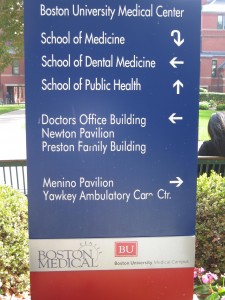Two days after many candidates running on belt-tightening platforms won election seems like an awkward time to endorse a plan to increase government spending. Still, a call to arms by T. Samuel Shomaker, Dean of Medicine at Texas A & M, warrants consideration.
Dr. Shomaker likens the state of medical education to Europe after World War II. The Marshall Plan cost the United States $13 billion in the short-term but earned it lasting, prosperous allies. Something similar could be done with medical students. He proposes that the federal government pay the first two years of medical school tuition in exchange for a postgraduate year providing primary care in an underserved area.
Upon completion of the year, doctors could earn forgiveness for their remaining medical school debt by staying on in the position or matching with a primary care residency. They may choose a specialty residency, but then the last two years of medical school tuition loans will be theirs to pay back.
Former Labor Secretary Robert Reich has made a similar proposal for undergraduate education. Making tuition free may sound radical, but it promises to lower barriers to entry for many students while also producing more of the educated citizens we need.
 According to this graph of
According to this graph of 